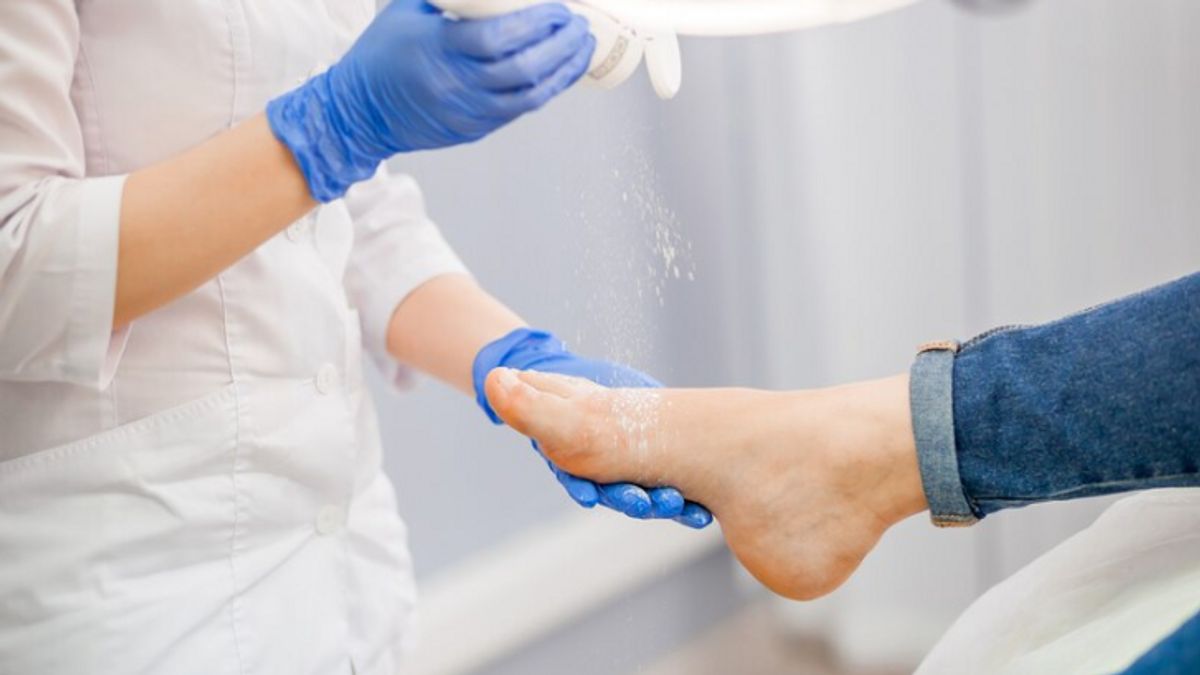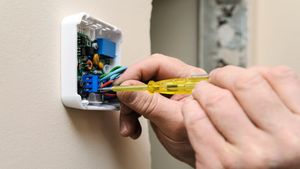YOGYAKARTA - Pedis examination is an important medical check-up to do. This type of examination is used as a basis for diagnosing various health conditions, ranging from circulation disorders to diabetes.
The medical examination procedure is carried out by observing and evaluating the condition of blood vessels and nerves in the legs. Pedis examination plays a vital role in efforts to prevent and treat diseases related to lower extremities.
By understanding the methods in this examination, Pedis professionals can identify patient health problems from an early age. So what are the pediatric examination techniques and the process?
In the pedis examination procedure, there are several important steps that must be taken carefully. This process requires accuracy and deepening to ensure the accuracy and accuracy of the diagnosis.
Pedis examination techniques are carried out ranging from visual review to leg index measurements. Each stage carried out allows doctors or medical personnel to gather information about the patient's leg health.
Pedis checks do not just check the presence of wounds or inflammation. This examination procedure also involves an analysis of the level of sensation, circulation, and foot structure. Objects or inspected parts can provide important clues about individual health conditions as a whole.
The first stage in the Pedis examination procedure is visual examination. Medical personnel or doctors will check the patient's leg skin to look for signs of abrasions, wounds, swelling, or color changes that can indicate certain health problems.
Medical personnel will measure the leg index to assess the proportion of the patient's legs. This examination can provide clues about the risk of certain diseases, such as diabetic neuropathy or peripheral arterial disease.
Another important step in the pedis examination is the evaluation of the level of sensation of the patient's leg. This examination is usually carried out using tools such as monofilament or vibration sensation tests. If the patient feels a sensation that is disturbed or reduced, it can be an early indication of peripheral neuropathy or other nerve problems.
Medical personnel will also carry out examining the ursalis pedis arterial pulse and posterior tibialis arteries. This examination was carried out to assess the condition of blood circulation to the patient's feet. Symptoms of pulse loss or decreased pulsation quality can indicate peripheral arterial disease or other vascular disease.
BACA JUGA:
The evaluation of the leg structure is also found in the pedis examination procedure. This stage is also carried out by examining the shape, deformity, or joint stiffness that can be a sign of a disease such as fire or neuropathy.
Pedis examination is not only carried out in the form of checking or physical treatment. Medical personnel will also conduct interviews with patients as one of the examination procedures.
This step aims to find out a complete medical history in patients, ranging from a history of diabetes, heart problems, and other risk factors that can affect leg health.
Pedis examinations may still not be recognized by many people. Even though this type of medical check-up has an important role in introducing health conditions, preventing disease from the start, to proper handling.
Here are some of the benefits of a pedic check that you need to know:
Pedis examinations can help in early detection of various health conditions that affect the legs, such as diabetes, circulation disorders, or neuropathy. By detecting early symptoms or early signs, appropriate medical interventions can be provided to prevent more serious complications.
Through regular pedic examinations, doctors can identify risk factors and leg health problems before they develop into larger problems. This allows to take appropriate precautions, such as better blood glucose management for diabetics or lifestyle changes to increase blood circulation.
For individuals who have been diagnosed with certain health conditions, a pedic examination can help in evaluating the effectiveness of the treatment being carried out. Doctors can see changes in the patient's leg condition from time to time and adjust the treatment plan as needed.
By regularly monitoring foot health, individuals can prevent or reduce the risk of complications that interfere with their daily activities. This can have a positive impact on the quality of life as a whole by allowing them to stay active and independent.
Pedis examinations can also be an opportunity for doctors to educate patients about the importance of good leg care and the steps they can take to maintain the health of their feet. This includes proper skin care, appropriate footwear selection, and injury prevention.
Demikianlah penjelasan teknik pemeriksaan pedis dan manfaatnya bagi pasien. Dengan menjalani pemeriksaan pedis, pasien bisa mendapat informasi mengenai kondisi kesehatan dan bisa merencanakan langkah pengobat yang sesuai. Baca juga mengenal check-up mata dan jenis-type tes penglihatan.
Stay up to date with the latest domestic and other overseas news on VOI. We present the latest and updated information nationally and internationally.
The English, Chinese, Japanese, Arabic, and French versions are automatically generated by the AI. So there may still be inaccuracies in translating, please always see Indonesian as our main language. (system supported by DigitalSiber.id)


















